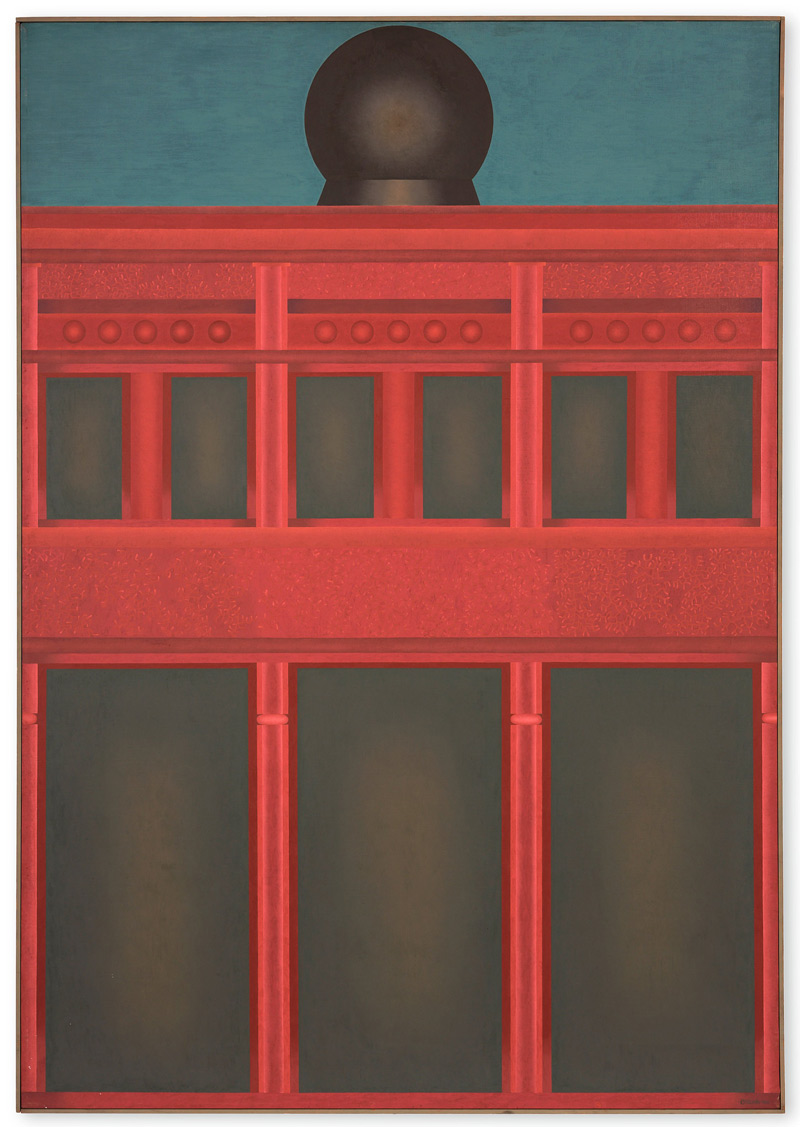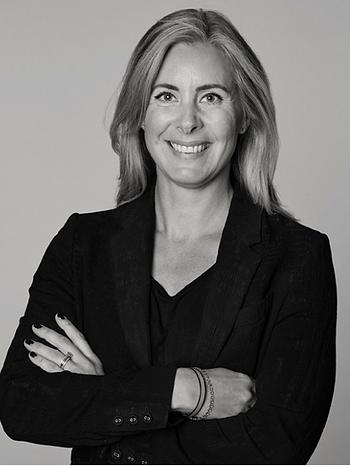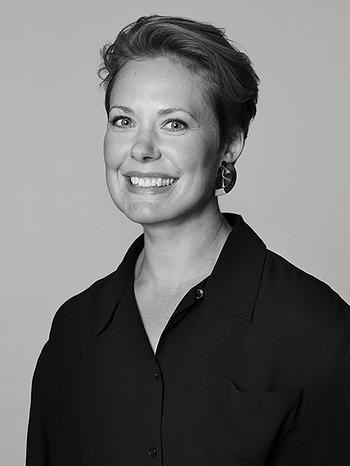Barbro Östlihn – among the facades of Manhattan
Contemporary Art & Design presents
Barbro Östlihn, ”299 Grand St. NYC.”
Today, Barbro Östlihn is considered one of Sweden’s most important artists and just this year, she was in the news with a major retrospective exhibition of her work at Göteborgs konstmuseum. However, her career was always more international than Swedish. During Östlihn’s lifetime, her work was not particularly noticed in her country of birth, despite her having had solo shows at several of the most important contemporary art galleries in New York and Paris. Fortunately, in later years, her paintings have begun to be more and more praised and appreciated in Sweden too.
Barbro Östlihn and her husband Öyvind Fahlström moved to New York in the autumn of 1961. Thanks to their contacts, they quickly became part of the New York art scene, and many of the artist friends that they socialised with are associated with the Pop Art movement. Included in their circle of friends were, for example, Claire and Tom Wesselmann, Claes Oldenburg, Robert Rauschenberg and Jasper Johns. The Östlihn/Fahlström couple lived and worked in the studio on 128 Font Street that the artist Robert Rauschenberg had just vacated. They had arrived in New York to find new inspiration and material for their work. To them, all motifs in Europe, and particularly in Paris, were exhausted. Paris was too beautiful and had by now become an artistic cliché. In New York, on the other hand, they found a run-down city that was not romantic but ugly and flawed and, therefore, could be used in their work without being compared to other artists. Here Östlihn developed a stylised painting based on the facades and buildings of Manhattan, which at the time were being torn down to make room for skyscrapers. As Östlihn wandered across the city with her camera, she documented the big city as it transformed. She was often seen by bewildered people who wondered why she was taking close-ups of facades and houses – thinking it was strange to take pictures with no people in them. Östlihn, however, quickly discovered a method of relating artistically to her new environment, a method that she stuck to throughout the fifteen years she spent in New York.

› Barbro Östlihn, photgraph from Allhems Svenskt konstnärslexikon.
In November 1963, Östlihn had a solo exhibition at Cordier & Ekstrom, the New York branch of Öyvind Fahlström’s Paris gallerist Daniel Cordier. Here she showed paintings executed between 1961 and ‘63, exhibiting for the first time her facade paintings. The exhibition received much attention and was written about in the New York Times and the New York Herald Tribune. During this exhibition and those that followed, Östlihn was often given positive feedback by other artists. Among those who bought her work were, for example, Arman and Roy Lichtenstein. The artist and critic Donald Judd were fascinated by her paintings, and in the 1964 issue of Art International, Barbara Rose compared her to the artist Agnes Martin.
The painting in the auction, 299 Grand Street, was exhibited at a group show at Cordier & Ekstrom in 1964. Since then, it has been a part of gallery owner Arne H Ekström’s private collection, as well as belonging to Björn Springfeldt, director of Moderna Museet in Stockholm between 1989-1996.
To be sold at Contemporary Art & Design
Viewing October 21st – 25th, Berzelii Park 1, Stockholm
Auction Live October 26th, Arsenalsgatan 2, Stockholm
To the work

Requests & condition reports Contact specialist

Stockholm
Louise Wrede
Head of Art Department, Specialist Contemporary Art, Private Sales
+46 (0)739 40 08 19

Stockholm
Karin Aringer
Head Specialist Contemporary Art and Photographs
+46 (0)702 63 70 57


























